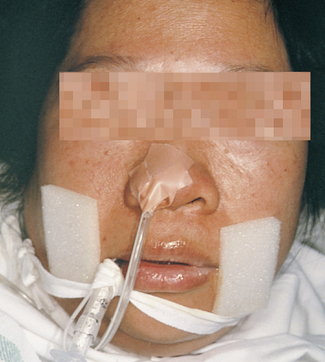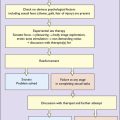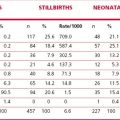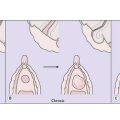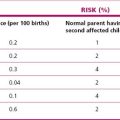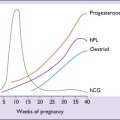Chapter 14 Hypertensive diseases in pregnancy
CLASSIFICATION
Pre-eclampsia
The hypertension of pre-eclampsia returns to normal within 3 months of delivery.
GESTATIONAL HYPERTENSION
If the blood pressure exceeds 140/90 then antihypertensive therapy, as detailed in Table 14.1, is commenced, with the objective of maintaining the systolic pressure between 110 and 140 mmHg and the diastolic between 80 and 90 mmHg.
Table 14.1 Summary of the management of pregnancy-induced hypertension
| Classification | Observations | Treatment |
|---|---|---|
| Gestational hypertension | Report rise in blood pressure or excessive weight gain to obstetrician | Assess in day assessment unit or ambulatory blood pressure monitoring at home |
| Moderate pre-eclampsia |
PRE-ECLAMPSIA
Management
The management of pre-eclampsia is shown in Table 14.1. The basic principles of maternal treatment are to control the blood pressure and to prevent convulsions.
Pre-eclampsia diagnosed before week 32 of pregnancy
Before the 32nd week of pregnancy the objective is to keep the fetus in utero until the 35th week or longer. Fetal wellbeing is monitored by daily fetal movement counts, or 3 cardiotocograph examinations per week (see p. 153). Two sinister signs are slow fetal growth detected by serial ultrasound examinations, and abnormal Doppler umbilical blood flow measurements.
If the pre-eclampsia worsens the pregnancy must be terminated, usually by caesarean section.
ECLAMPSIA
Clinical picture
The convulsion is preceded by a disorientation stage during which the woman becomes restless, twitches, and develops spasmodic respiration. Within a minute she passes into the tonic stage of the convulsion: her back arches, her hands clench, she grimaces, her breathing ceases and she becomes cyanosed. In this stage she may bite her tongue. She then passes into the clonic stage of the convulsion, when her body jerks uncontrollably, frothy saliva may fill her mouth and her breathing becomes stertorous. Finally, she becomes comatose (Fig. 14.1). The coma may persist for an hour or longer, or recurrent convulsions may occur.
Management of eclampsia
Medical and drug treatment
Drug treatment – magnesium sulphate
Magnesium sulphate may be given intravenously or by deep intramuscular injection (Box 14.1). The intravenous route is preferred, as intramuscular injections are painful and are followed, in 5% of cases, by deep abscess formation.
CHRONIC HYPERTENSION
Treatment
Maintenance of uterine blood supply
Usually the woman is instructed to rest more to improve the uterine blood supply.
Avoidance of problems
The woman should be seen more frequently during the antenatal period, the frequency depending on the severity of the hypertension. Her lifestyle should be checked, and if she is obese a reduction diet should be prescribed. If the fetus shows signs of growth restriction, biophysical tests for fetal wellbeing should be started (Ch. 20), and if conditions deteriorate induction of labour should be discussed with the patient. It is safer for the fetus to be born earlier rather than later, and the patient should not become postdate as the risk of perinatal loss increases.

